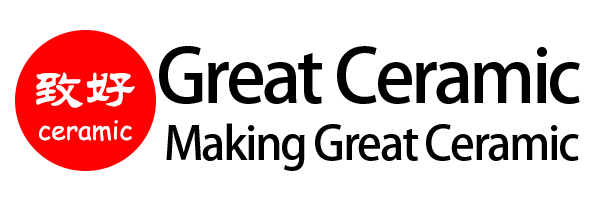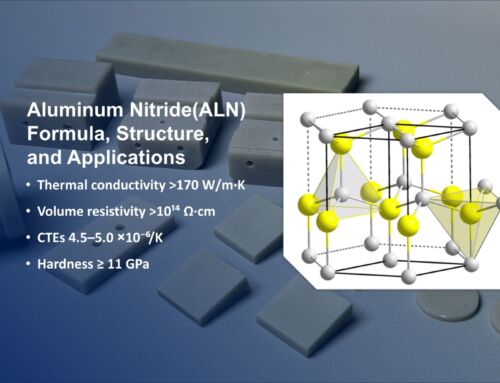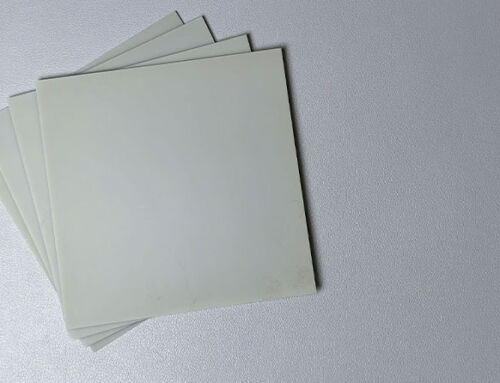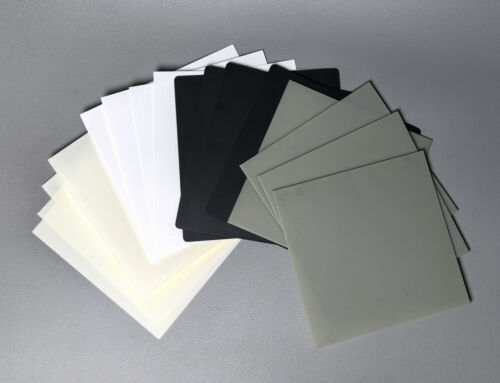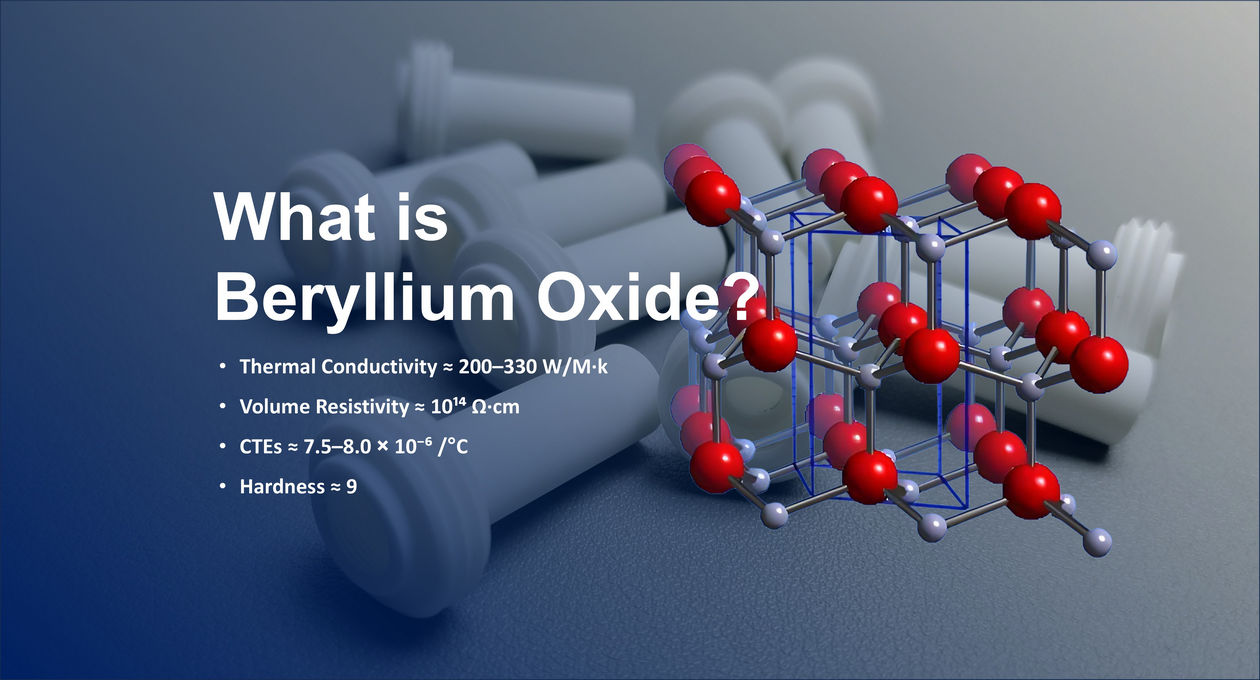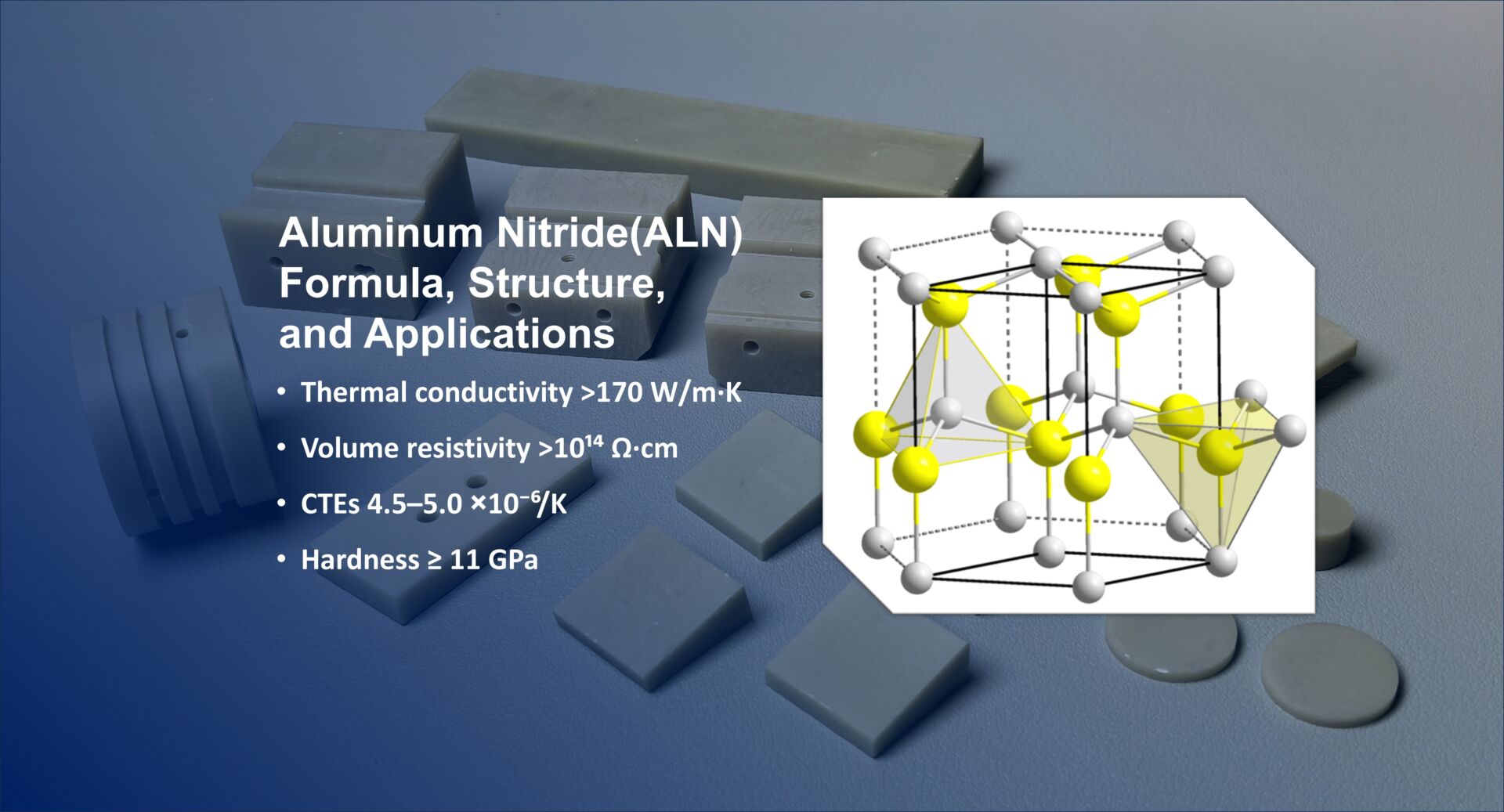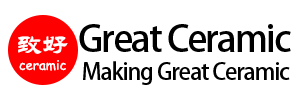
As Great Ceramic, I have always been committed to advancing the understanding of materials science, particularly in the field of ceramics and semiconductors. Among the most fundamental parameters in semiconductor physics is the dielectric constant for silicon, a value that plays a critical role in device performance, circuit design, and the miniaturization of electronic components.
This article provides a comprehensive discussion of the dielectric constant for silicon and its related materials, including silicon dioxide (SiO₂) and silicon nitride (Si₃N₄). The goal is to help industrial procurement professionals and technical engineers better understand the importance of dielectric properties in semiconductor manufacturing and high-performance electronic applications.
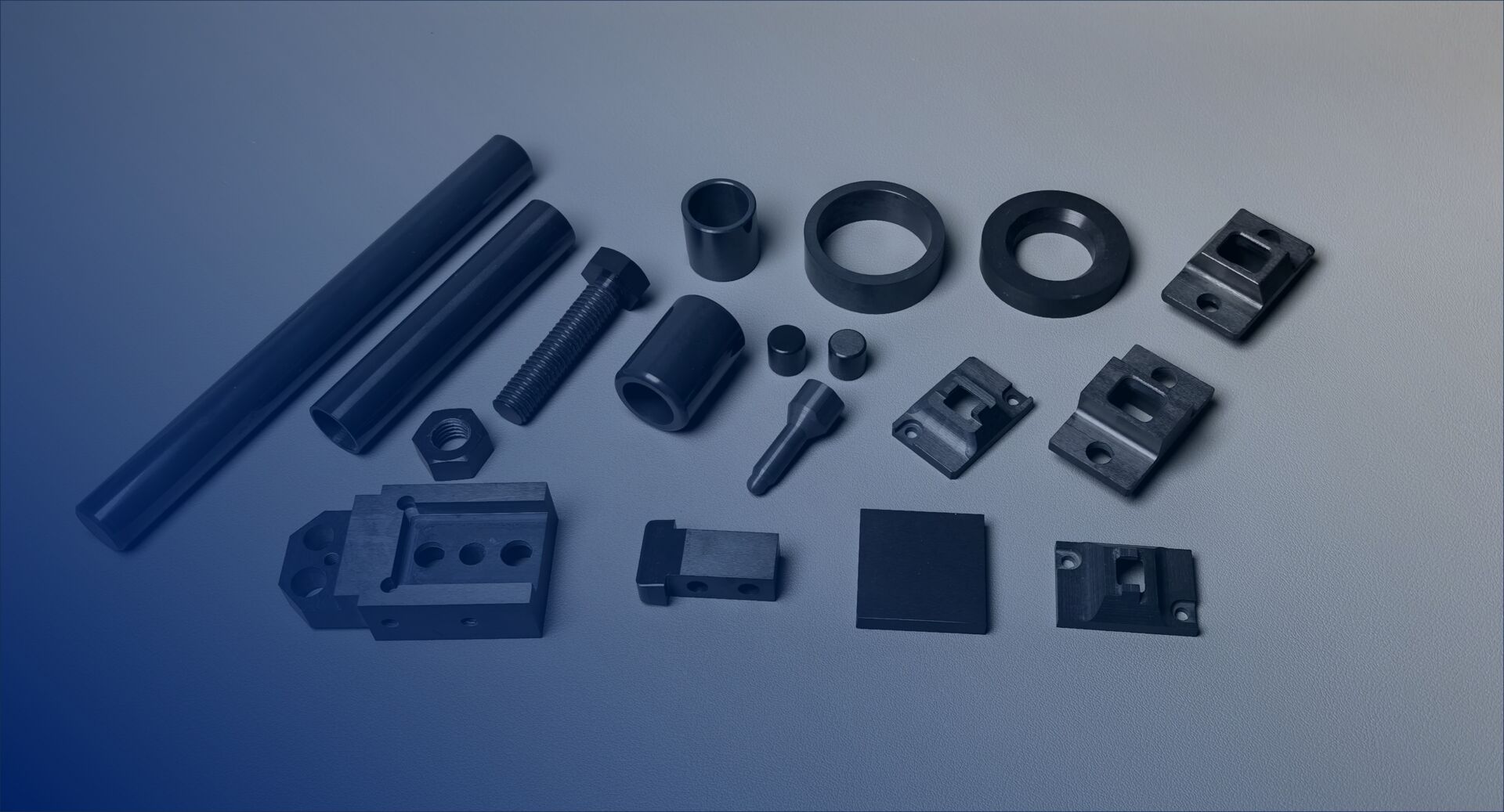
Fundamentals of the Dielectric Constant
The dielectric constant (εr) is defined as the ratio of a material's permittivity (ε) to the permittivity of free space (ε₀ ≈ 8.85 × 10⁻¹² F/m):
εr=ε/εo
-
Relative permittivity of silicon: ≈ 11.7 at room temperature
-
Dielectric constant of silicon dioxide (SiO₂): ≈ 3.9
-
Dielectric constant of silicon nitride (Si₃N₄): ≈ 7.4–7.6
-
Dielectric constant of air: ≈ 1.0006
-
Dielectric constant of water: ≈ 80 (at 20 °C)
These values demonstrate the wide range of dielectric properties available in nature and engineered materials. Silicon sits in the moderate range, which makes it suitable as a semiconductor base, while its oxides and nitrides serve as lower- or higher-k dielectrics depending on application.
Dielectric Constant for Silicon
Silicon is a covalently bonded semiconductor with a diamond cubic lattice structure, often characterized by its lattice constant of 5.43 Å. Its dielectric constant of approximately 11.7 is relatively high compared with many organic insulators but lower than high-k dielectrics like hafnium oxide (HfO₂).
Key considerations for silicon's dielectric constant include:
Silicon Dioxide (SiO₂) as a Dielectric
Silicon dioxide has historically been the most important insulating material in semiconductor devices. With a dielectric constant of 3.9, it provides a stable, high-quality interface with silicon substrates.
-
Permittivity of silicon dioxide: ε ≈ 3.45 × 10⁻¹¹ F/m
-
Applications: Gate oxides, isolation layers, and passivation coatings
-
Limitations: As device dimensions shrink, thin SiO₂ layers suffer from tunneling leakage currents, necessitating the shift to high-k dielectrics in advanced CMOS technologies.
Silicon Nitride (Si₃N₄) as a Dielectric
-
Permittivity of Si₃N₄: Approximately twice that of SiO₂, making it suitable for applications requiring higher capacitance per unit thickness.
-
Applications: Passivation layers, dielectric barriers, optical waveguides, and charge-trapping layers in non-volatile memory.
-
Advantages: High mechanical strength, good diffusion barrier properties, and strong resistance to oxidation.
Silicon nitride is another critical dielectric material, with a dielectric constant in the range of 7.4–7.6.
Comparative Dielectric Constants
| Material | Relative Dielectric Constant (εr) | Key Applications |
|---|---|---|
| Silicon (Si) | ~11.7 | Semiconductor base material |
| Silicon Dioxide (SiO₂) | ~3.9 | Gate oxide, isolation layer |
| Silicon Nitride (Si₃N₄) | ~7.5 | Passivation, barrier layers |
| Water | ~80 | Reference in microwave absorption |
| Air | ~1 | Baseline comparison |
This table illustrates how different dielectric materials complement each other in semiconductor engineering.
Industrial Application Significance
The choice of dielectric material in semiconductor processing directly impacts:
- Gate capacitance of MOS devices
- Leakage current and reliability
- IC power consumption
- Transistor scaling limits
For example, the low dielectric constant of SiO₂ limits capacitance density, driving the industry toward high-k dielectric materials such as HfO₂. However, Si and SiO₂ remain foundational materials due to their stability and CMOS process compatibility.
Applications in Semiconductor Devices
- MOSFET Gate Oxide: Traditionally, SiO₂ has been used, but high-k materials are gradually replacing it to reduce leakage.
- Passivation Layer: Si₃N₄ protects the device from contamination and mechanical damage.
- Interlayer Insulation Material: Low-k materials are used to reduce parasitic capacitance in high-speed ICs.
- Capacitor: The dielectric constant determines the capacitance per unit area and is crucial in DRAM and embedded capacitor design.
Emerging Trends in Dielectric Materials
As semiconductor devices advance toward smaller geometries and higher frequencies, materials scientists are exploring:
- High-k dielectric materials (such as HfO₂ and ZrO₂) as SiO₂ replacements
- Low-k interlayer dielectrics
- Nanocomposite dielectric materials that combine ceramic and polymer properties
- Two-dimensional materials, such as hexagonal boron nitride, for ultra-thin insulating layers
These innovations are critical to reducing leakage current, increasing capacitance density, and supporting 5G/6G and AI chips.
Frequently Asked Questions (FAQs)
Conclusion
The dielectric constant for silicon and related materials such as SiO₂ and Si₃N₄ lies at the heart of modern electronics and advanced ceramics. From relative permittivity of silicon at 11.7 to the low-k SiO₂ dielectric constant of 3.9 and the Si₃N₄ dielectric constant around 7, each material offers unique trade-offs between capacitance, leakage, and durability.
For industrial buyers, R&D engineers, and procurement managers, understanding these constants is more than theoretical—it directly informs material sourcing, component design, and production strategy.
Great Ceramic provides tailored ceramic parts and substrates designed for optimal dielectric performance in harsh environments. Whether your needs involve silicon nitride substrates, alumina insulators, or custom ceramic engineering, our expertise ensures high reliability and consistent quality.
